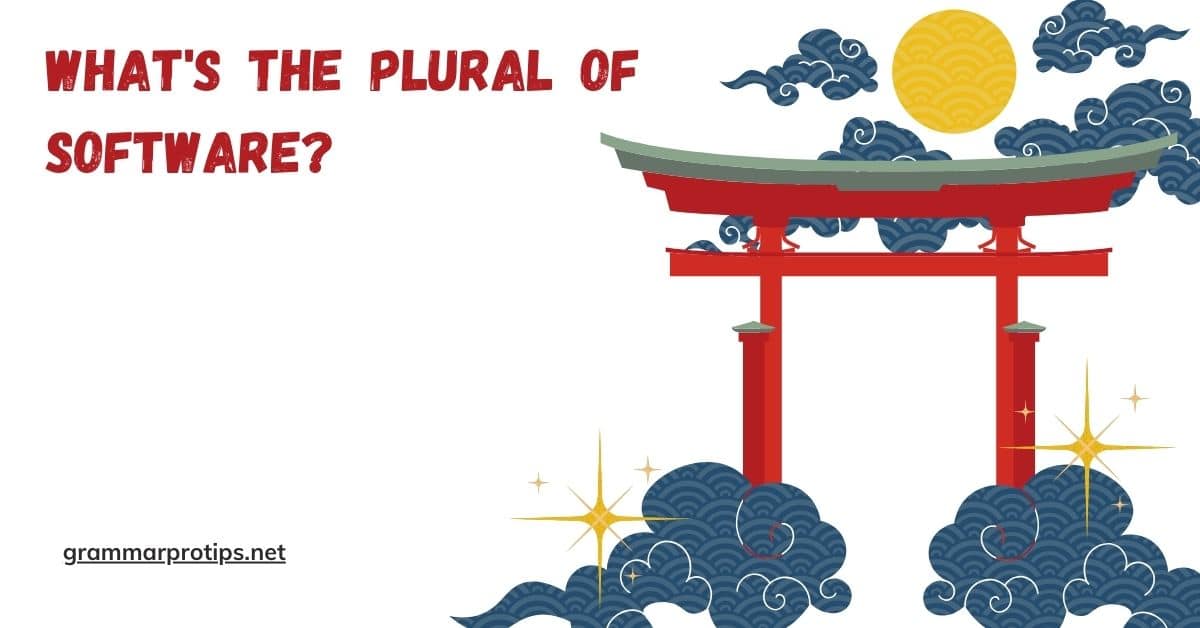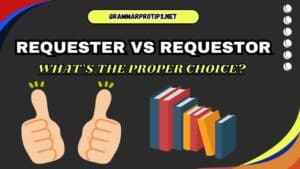When it comes to spelling, English often throws us curveballs. One common question that pops up is whether it’s “connector” or “connecter.” While the difference might seem trivial at first, it’s worth diving deeper to understand which one is correct and why.
In this article, we’ll break down the nuances of the two terms and provide you with practical examples, scenarios, and explanations.
What Is a Connector?
First, let’s tackle the correct term: connector. A connector is something that joins or links things together, either literally or figuratively. It can refer to a device, a person, or a linguistic tool that helps establish relationships between two elements.
Common Examples of Connector
- Physical Object: Think of a connector as a plug that joins your headphones to your phone. It allows the two devices to communicate.
- Person: A connector in a social setting could be someone who introduces different people to each other, fostering networking and communication.
- Linguistic Tool: In grammar, a connector might be a word or phrase like “but,” “however,” or “because,” which links clauses or sentences together.
Email Example: Using Connector in a Sentence
Let’s say you’re writing an email to your colleague, Sarah:
Subject: Update on Team Project
Dear Sarah,
I wanted to let you know that I have successfully set up the connector between our internal database and the customer interface. This will streamline data transfer and make the user experience much smoother.
I’ll be testing it tomorrow, but let me know if you have any questions before then.
Best regards,
John
In this email, connector refers to the device that links two systems together, allowing data to flow smoothly.
What About “Connecter”? Is It a Real Word?
While “connector” is widely recognized and used, the term “connecter” is less common and often viewed as incorrect. Technically speaking, “connecter” is a variant that some might mistakenly use in place of “connector.” This confusion likely stems from the fact that in other words like “interact” vs. “interactor,” English sometimes adds an “-er” to indicate a person or thing performing an action.
However, “connecter” is not standard English. It appears in some dictionaries but is typically marked as either a rare or archaic form. So, if you’re wondering, “connecter” is not the spelling most writers, speakers, or grammar experts would recommend.
Email Example: Incorrect Use of Connecter
Consider this scenario where someone might mistakenly use “connecter” instead of “connector”:
Subject: New Project Development
Dear Alex,
I wanted to inform you that the connecter between the website’s back-end and front-end has been successfully implemented. We should see an improvement in page load times as a result.
Looking forward to your thoughts.
Best,
Emily
While the intention is clear in this email, using “connecter” is not grammatically correct. The correct form should be “connector”.
Connector vs. Connecter: A Deeper Look
So, why does connector reign supreme, and why does connecter seem like an odd fit? The reason boils down to standardization in English spelling. Linguistic patterns, as well as the evolution of language, have led to connector becoming the preferred term in most contexts.
The use of “-or” endings, such as in “author” or “mentor,” generally denotes a thing or person that performs an action, whereas “connecter” doesn’t follow this standard rule. “Connector,” however, has evolved to describe the object or person facilitating a connection.
Key Differences in Connector vs Connecter
| Term | Correctness | Usage |
|---|---|---|
| Connector | Correct | Widely used to describe something that connects, such as cables, devices, or even people. |
| Connecter | Incorrect | Rarely used and considered archaic. It might be found in some old texts but is not recommended in modern English. |
How Do You Spell Connector?
If you’re ever in doubt, the correct spelling is “connector.” There’s no need to second guess yourself when you’re referring to something that links or joins two elements.
This applies to all instances where you’re talking about physical, abstract, or grammatical connections. Whether you’re talking about a connector in a technical context or a connector in language, stick with “connector” to avoid confusion.
Common Mistakes with Connector Spelling
Sometimes, even the most seasoned English users trip up on spelling. Common errors with connector or connecter can include:
- Misspelling “connector” as “connecter” due to the mistaken belief that adding an “-er” makes it a valid form.
- Confusing “connector” with “connector’s” when using possessive forms.
- Using “connecter” in formal writing, where the standard “connector” is expected.
Remember, “connector” is the go-to choice, so double-check your spelling before you hit send or submit.
Why Does English Make This So Complicated?
English is notorious for its complex rules and exceptions. This confusion between connector and connecter arises because of historical developments in the language. As words evolve, English speakers often create new forms based on what sounds right, even if it’s not grammatically correct.
In the case of connector vs. connecter, the language has simply favored the “-or” ending, making connector the dominant form.
When to Use Connector in Writing
It’s important to know when and where to use connector correctly in writing. Here are some examples in various contexts:
In Academic Writing:
When writing an academic paper, you might talk about connectors in terms of linking ideas together. You could be referring to the words that join clauses (such as “therefore,” “because,” “although”), or you might discuss technical devices that connect different parts of a system.
Example: “The connector between the two research theories provides a seamless transition for the reader, allowing for better understanding.”
In Business Communication:
In emails or reports, connector can be used to describe both devices and people who help make connections between teams, systems, or clients.
Example: “As the project manager, Sarah acted as a connector between the marketing and design departments, ensuring smooth communication.”
Final Thoughts: Stick with “Connector”
In summary, connector is the correct spelling to use in almost every scenario, whether you’re discussing technology, language, or people. While connecter might pop up in rare, outdated contexts, it’s not the standard form. By sticking with connector, you’ll avoid confusion and ensure your writing is clear, professional, and grammatically correct.
If you’re ever in doubt about how to spell connector, just remember: “connector” is the way to go.

Sienna Mauldon is a passionate writer and grammar expert. On her blog, she shares easy-to-follow guides to help readers master grammar rules and improve their writing. With a love for language and teaching, Sienna makes grammar simple and fun for everyone, from beginners to experienced writers.








